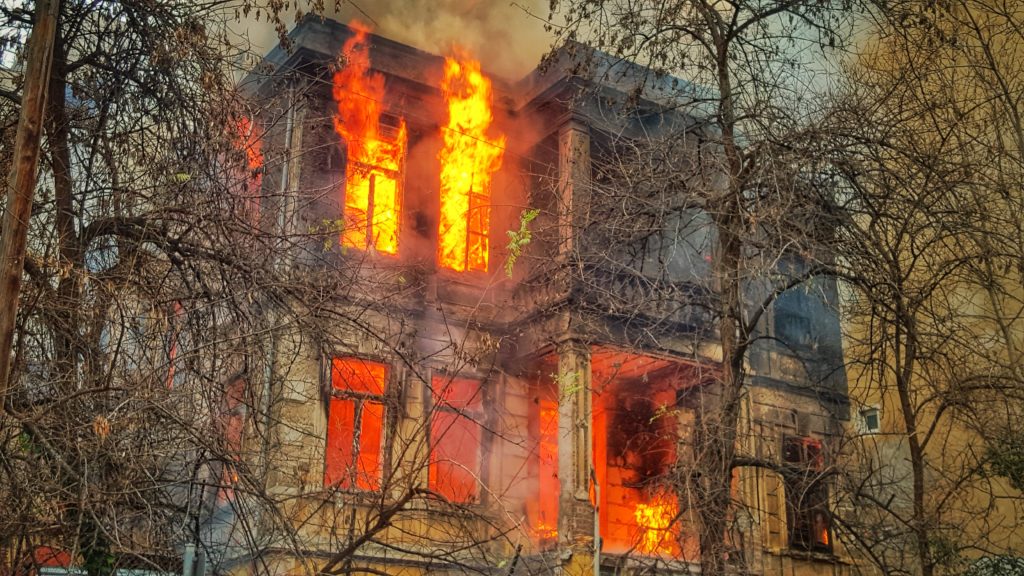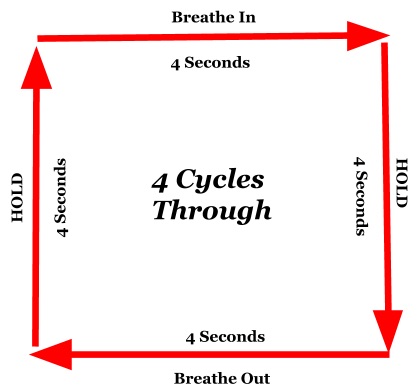As a firefighter what’s your SCBA Breathing technique when you’re wearing your mask? Do you have a breath practice that you default too? Box Breathing? Skip Breathing? Humm Breathing?
Have you ever thought about implementing a specific Tactical Breath practice? Does breathing intentionally even do anything for us as firefighters when we’re working on the fire scene?
These are all valid questions and most of us as firefighters go through our careers with breathing habits that were taught to us by that very first fire academy instructor. Most of the time we simply said “Yes Sir” or “Yes Ma’am” and tried our hardest to train our brains to breath this specific way once our faces go into our SCBA masks.

Firefighter Box Breathing is a valid option for us to use on the fireground and during firefighter training because:
-
Box Breathing creates rhythm in our breathing patterns
-
Box Breathing makes us focus on how we’re breathing as firefighters
-
Box Breathing helps to lower our respiration and heart rate
How we breath as firefighters is foundational for everything that we can control on the fireground. Our breathing can either set us up for success or can set us up to experience higher levels of stress, have less situational awareness, and to perform below our abilities even with the simplest of basic skills.
Our breathe controls so much internally that we can induce unnecessary levels of stress in our bodies and activate the Sympathetic Nervous system aka the Fight of Flight system while we are sitting in the fire engine responding to the call. Some firefighters might recognize this as an “adrenaline dump” which we no doubt will get when we know we’re headed to a working job.
Research is also showing the correlation between how we breath and its impact on mental health both during a call and after the response is completed. Yep, even for us firefighters.
One solid way to control this is the box breathing technique made famous most recently by Commander Mark Devine of Sealfit and Unbeatable Mind.
Take a look at this video about how to incorporate box breathing into your routine as a firefighter both during training and on the fire scene. You can incorporate these techniques into your firefighter tactical workouts as well. If you need ideas check out these firefighter workouts! We think you’ll see some huge advantages to having a specific tactical breathing practice! Let us know how it goes.








